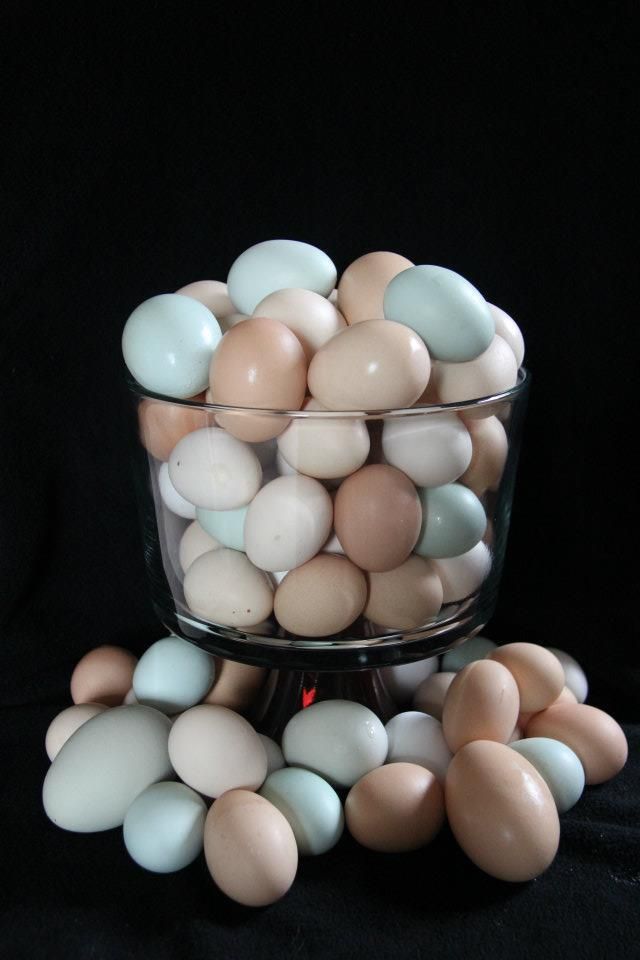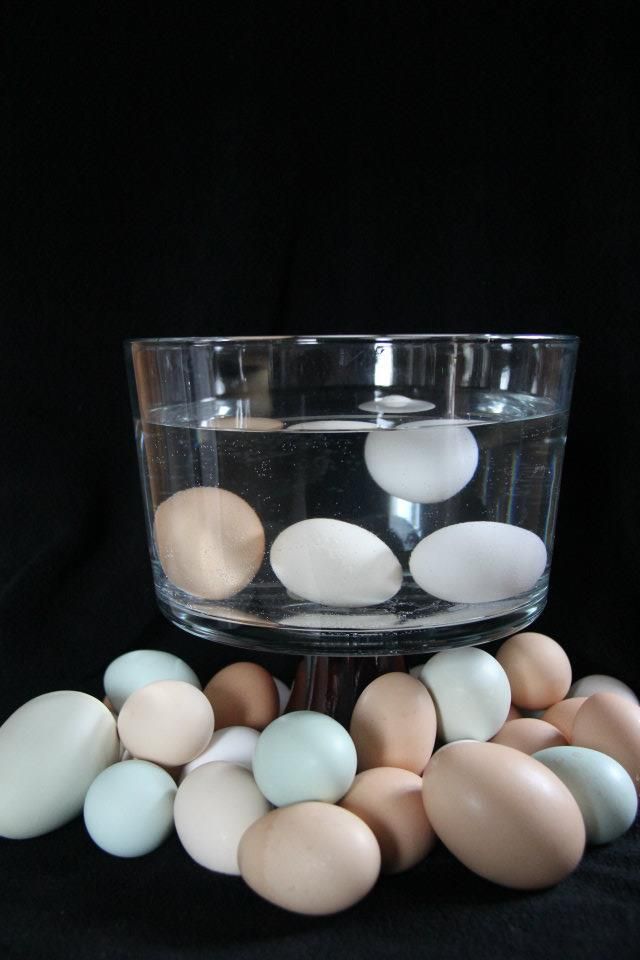Well, I've been avoiding writing about what's going on here with the chick situation.
To tell you the truth I have been so disheartened about it and am just having a real hard time.
My Chicks are still sick. Several have died. Some on their own, and some I've had to cull because they were so ill.
I'm not exactly sure what is wrong with them, but I suspect Mycoplasma. They are showing several of the symptoms of it. And so are the Turkeys.
Their symptoms are:
Eye and Nasal Discharge
Sneezing
Coughing
Wet gurgly sounding breathing
Lack of appetite
Swelling of the sinuses and around the eyes.
And tissue swelling and red in the corners of the eyes.
It's really been quite scary. Actually I've been terrified.
If it is Mycoplasma, it is quite contagious and because I had moved the meat birds and turkey's into the grow out pens in the main coops, all of the rest of my poultry have been exposed to it. Even if they survived this intitial outbreak of it, they would remain carriers for the rest of their lives and can pass it on to other birds.
I have had them on Tylan and on Oxytera-a which is an antibiotic as well. Their symptoms are somewhat better in some of them, but it seems that most days there is at least one death. Lately it's been the meat birds, one by one. A few days ago we had to put some turkeys down because the facial swelling was so bad.
I have decided to send some in for testing to see just what I am dealing with.
If it comes back that this is indeed what I do have, my husband and I have decided to cull our flocks. This isn't an easy decision. It's hard, hard, hard. I've hardly been able to sleep and I have no appetite. I cry. Lots. But I think that this is what we have to do this time.
I want to one day be able to sell hatching eggs, chicks and chickens and don't want to have to worry that I am going to pass this on to someone else. I can't have that on my conscience. There is a fear in me that friends or family who have poultry will come and visit me and bring this home with them on their shoes or clothing.
From what I hear, I don't absolutely have to cull my flock. I could just treat them as they have flair ups. From what I understand, this illness is quite common and many flocks have it, but people don't know what they are dealing with. The chances are good that I will actually end up coming into contact with this again.
But this time I will deal with it by culling. Another reason we have decided to to this is so that we can continue to get and raise our Turkeys. Turkeys are quite susceptible to this disease, as I have found out. In fact, from what I hear, if you have Mycoplasma present in your flock, you should not raise turkeys. We want to have our turkeys. One day I would love to have some year round pet turkeys, and to do this we have to get rid of this disease.
Last week I phoned Dr. Cox of the Agricultural department. He suspects that it is Mycoplasma too. Especially when I described the turkeys to him.
So today, I went and spent some time with the chicks watching and listening to see who looked and sounded the worst to send in to be tested. Not an easy thing to do, picking out baby chicks and turkeys that you know you will have to kill first thing in the morning. I'm not looking forward to it at all.
But I guess knowing what I am dealing with will bring a certain piece of mind. Knowing if by culling that I am making the right decision.
If it comes to culling, I can't imagine what it will be like to not have anymore chickens, turkey's or guinea fowl for a while. The wait time after disinfecting for mycoplasma is about 3 weeks, which isn't that long. But my husband would like to wait for a year before I get anymore birds.
For a few days there, I could hardly go out and look at my birds. I fed, watered, and collected eggs as quickly as I could, because I felt so guilty about having to cull them. Most of my main flock I have had as chicks or hatched from eggs. I interact daily with them. They are more then just chickens to me. The majority of them are pets. My chickens over the years have given me great joy, comfort and entertainment. They are my escape on a hard day when I need quiet time. It may sound weird but on a bad day, I go and stand in my chicken house in the evening and just watch and listen to the chickens. It's comforting.
Anyways, tomorrow is the day to send them away and then the long wait to get the results....
I think it will be hard to sleep tonight....






















